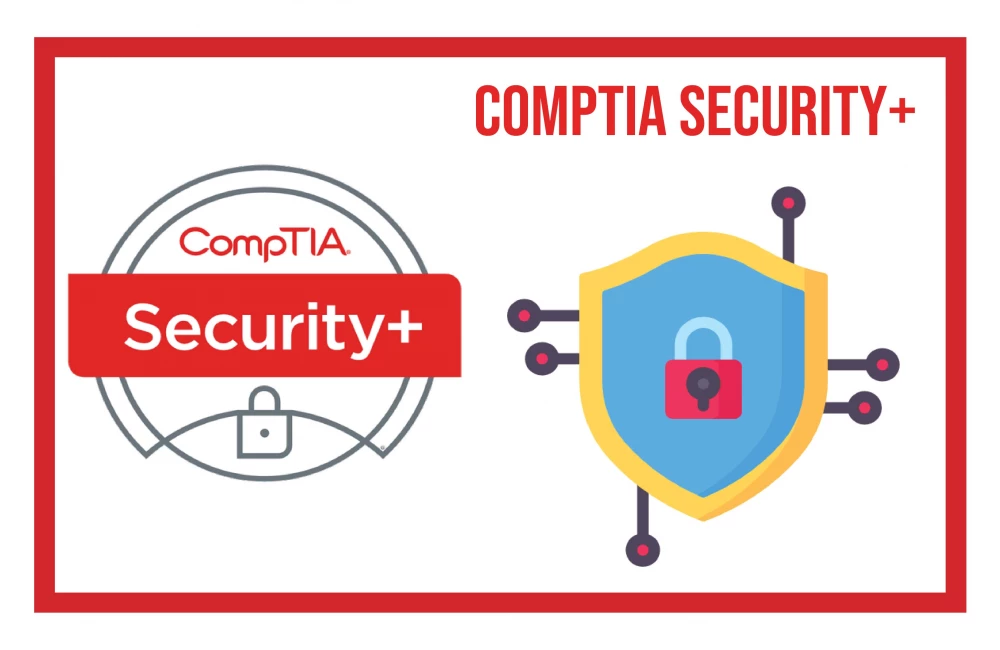Token Authentication for Online Transactions
In the modern era, with increasing thefts be it pickpocketing or fraud links tricking you and draining your entire bank account. Token authentication has become a major concern in the finance sector. Everyone needs and deserves a safe a secure way to process their transactions without the fear of getting their credentials leaked. The generation of tokens for authentication of online transactions may be the crack-through for online transactions and provide a way of transactions avoiding hackers or any data leak.
What is Token Authentication?
To perform a certain transaction online, you might have to enter a passcode through UPI or an online bank transaction through the bank’s website. Passcode leaks have been occurring way too frequently to not be scared of them. As of the latest report and a look at the passcodes that were stolen, the most common ones are “1111” or “1234” or any passcodes involving all four of the same digits. This is generally caused due to human tendency to forget passwords hence, the only resort to that is to have a simpler password to remember it. But, what if we eliminate the concept of passcodes and rather use tokens to carry out transactions? A bank-generated online token can be generated for transactions. The bank app will require a physical attribute or any attribute that the user can provide and the token can be generated.
Also Read: What is Technical Translation and When is it Needed?
How does it work?
Token identification by Biometric Means
- A sensor collects and records information about a person’s physical attributes.
- A fingerprint reader, speech analyzer, or retina scanner are all possible examples. To determine if there is a match, these gadgets gather data. To determine if a match exists, the programme analyses the biometric data.
- The majority of biometric information is kept in a database linked to a centralised server.
- The application for the software (as per the project) contains AI technology which will fulfil the task of a sensor in authenticating and security check-in for secure transactions of/between users.
Some of the token identification based on Biometrics are as follows used for authentication:
- By scanning a person’s fingerprints, their identities may be quickly and reliably established and authenticated
- With iris recognition, a photograph of the eye’s iris is used to verify a person’s identity.
- Retina scanning can identify people by examining their unique vascular patterns.
- To verify an individual’s identification, facial recognition technology analyses their facial features and patterns. To create numerical codes or faceprints, the technology locates 80 nodal points on a person’s face.
- Individuals can be recognised using their finger vein ID patterns.
In simple words, Biometric Cryptography is the biometric tokenization used for authentication with public-key infrastructure (PKI). In particular, biometric cryptography provides the convenience of authentication via fingerprint, face, eye, voice, palm, etc. A similar can be applied in terms of Token authentication for an online transaction which will be a replacement for UPI PINS
Wrap Up
With the emergence of such extensive technology in the field of cybersecurity, soon we would not have to worry about data doing and also would not have to hassle with remembering our passcodes instead have transactions performing smoothly and with ease.




